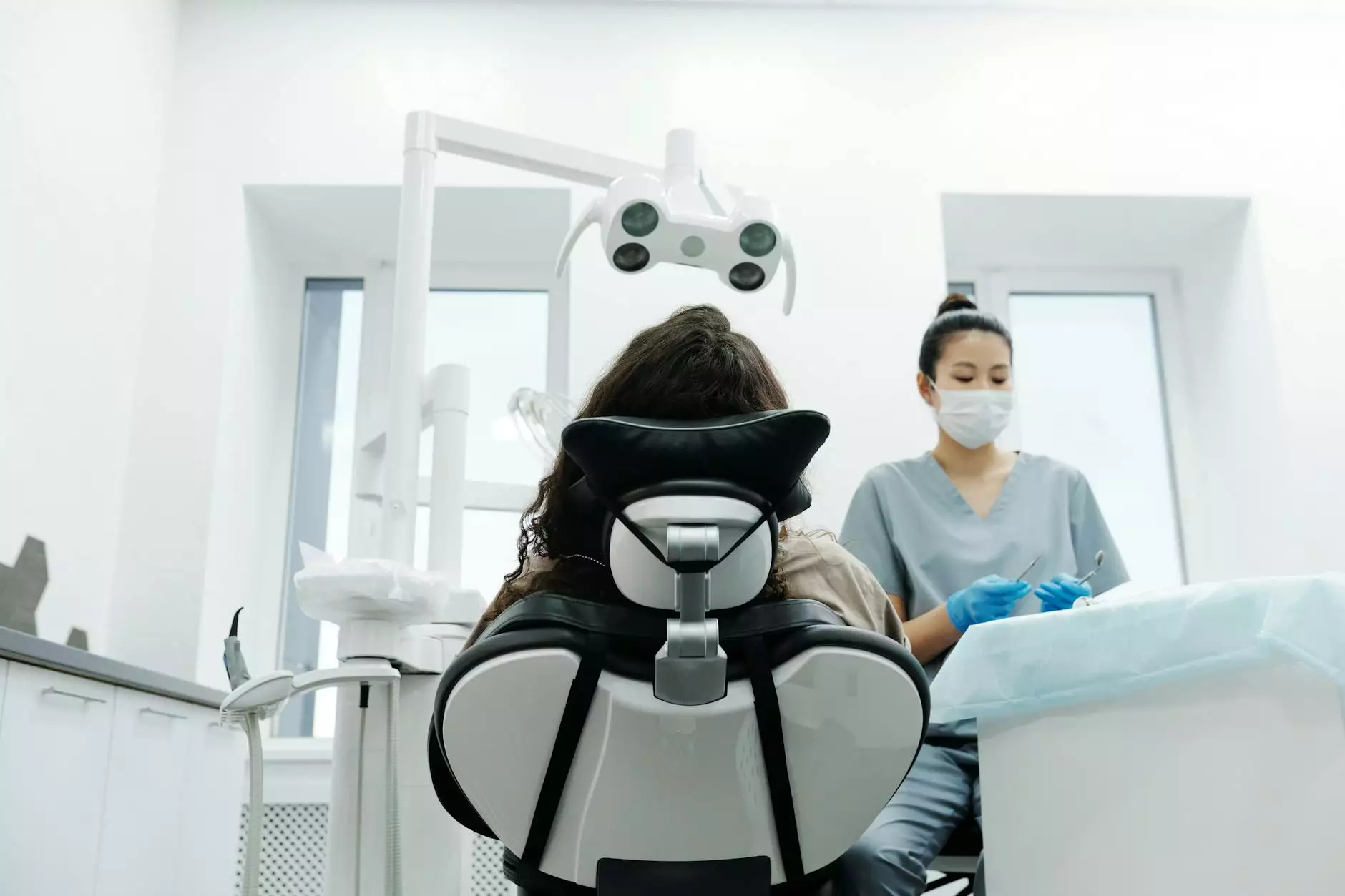Understanding Automotive Sensors: The Backbone of Modern Vehicles

The automotive industry has undergone dramatic changes over the last few decades, largely driven by technological advancements. One of the most critical components in this evolution is the automotive sensor. These devices play an integral role in ensuring vehicles operate effectively, safely, and efficiently. This article dives deep into the world of automotive sensors, their types, functions, and the future of automotive technology.
What are Automotive Sensors?
Automotive sensors are devices that collect data from various parts of a vehicle. They monitor and regulate the performance of a vehicle's systems. By converting physical parameters into signals, these sensors facilitate communication between the car's electronic control units (ECUs) and the vehicle's mechanical components, optimizing performance and safety.
The Role of Automotive Sensors in Modern Vehicles
In today's vehicles, sensors are essential for various functionalities, including:
- Improving fuel efficiency and emissions management
- Enhancing safety features and accident prevention
- Enabling advanced driver-assistance systems (ADAS)
- Facilitating vehicle-to-everything (V2X) communication
Types of Automotive Sensors
Understanding the different types of automotive sensors is crucial for grasping how modern vehicles operate. Here are some key types:
1. Temperature Sensors
Temperature sensors monitor the engine’s temperature, the coolant temperature, and even the temperature within the passenger cabin. This data ensures that the vehicle maintains optimal operating conditions, preventing overheating and ensuring passenger comfort.
2. Pressure Sensors
Pressure sensors play a vital role in monitoring various fluid pressures within the vehicle. These include oil pressure, tire pressure, and fuel pressure sensors. Maintaining correct pressure levels is crucial for vehicle safety and performance.
3. Oxygen Sensors
Oxygen sensors measure the level of oxygen in the exhaust gases. This information is used by the engine management system to optimize the air-fuel mixture for efficient combustion. A well-functioning oxygen sensor is essential for better fuel economy and reduced emissions.
4. Proximity Sensors
Found in modern vehicles equipped with advanced parking assistance systems, proximity sensors detect nearby objects and help drivers maneuver in tight spaces. These sensors are typically ultrasonic or radar-based.
How Automotive Sensors Work
Automotive sensors work by detecting changes in physical conditions and translating these into data that the vehicle's computer systems can understand. Each sensor serves a specific purpose, with data processing systems analyzing inputs in real time to optimize vehicle performance.
The Data Collection Process
Data is continuously collected from various sensors throughout the vehicle. Each sensor sends information to the Electronic Control Unit (ECU), which processes this data and makes necessary adjustments to optimize the vehicle's operation.
Feedback Mechanism
The ECU uses feedback from the sensors to adjust various systems, such as the fuel injection rate, ignition timing, and other performance-related parameters. This closed-loop control system is essential for maintaining vehicle efficiency and safety.
Benefits of Automotive Sensors
The incorporation of automotive sensors brings numerous benefits:
- Enhanced Safety: Sensors contribute significantly to safety by providing real-time data that helps prevent accidents.
- Improved Fuel Efficiency: By optimizing combustion processes, sensors enhance fuel economy, leading to cost savings for drivers.
- Reduced Emissions: Proper functioning of sensors helps in adhering to environmental regulations by minimizing harmful emissions.
- Convenience Features: Features such as adaptive cruise control and lane-keeping assist rely on sensors, enhancing the driving experience.
The Future of Automotive Sensors
The future of automotive sensors is poised for exciting advancements. As technology evolves, we can expect to see:
1. Increased Integration
Sensors will be increasingly integrated into one another. This will lead to more compact designs and reduced costs while improving functionality and data accuracy.
2. Advanced Driver-Assistance Systems (ADAS)
With the rise of ADAS, sensor technology will become even more critical. Features such as automatic emergency braking and adaptive cruise control heavily rely on sensory data from multiple input sources.
3. The Rise of Autonomous Vehicles
As the push towards autonomous driving increases, sensors will play an essential role in facilitating safe navigation, object detection, and obstacle avoidance.
4. Greater Connectivity
The future will also see vehicles becoming more connected. Sensors will be key components in vehicle-to-vehicle (V2V) and vehicle-to-infrastructure (V2I) communication, enabling safer, more coordinated transport networks.
Maintaining Automotive Sensors
Regular maintenance of automotive sensors is crucial for ensuring optimal performance. Here are some tips for vehicle owners:
- Check Sensor Connections: Loose or corroded connections can affect sensor functionality. Regularly inspect wiring and connections.
- Replace Faulty Sensors: If you notice a warning light on the dashboard or changes in vehicle performance, have sensors checked and replaced if necessary.
- Maintain Fluids: Ensuring proper fluid levels can positively influence sensor readings, especially for pressure sensors.
Conclusion
In conclusion, automotive sensors are indispensable components of modern vehicles, transforming how we think about safety, performance, and efficiency. As technology progresses, we can expect sensors to become even more sophisticated, paving the way for advancements in vehicle capabilities. It is essential for vehicle owners and industry professionals to stay informed about these developments to fully leverage the benefits that automotive sensors offer.
For more insights and the latest in automotive parts, visit 1autoparts.com and enhance your understanding of this dynamic field.









